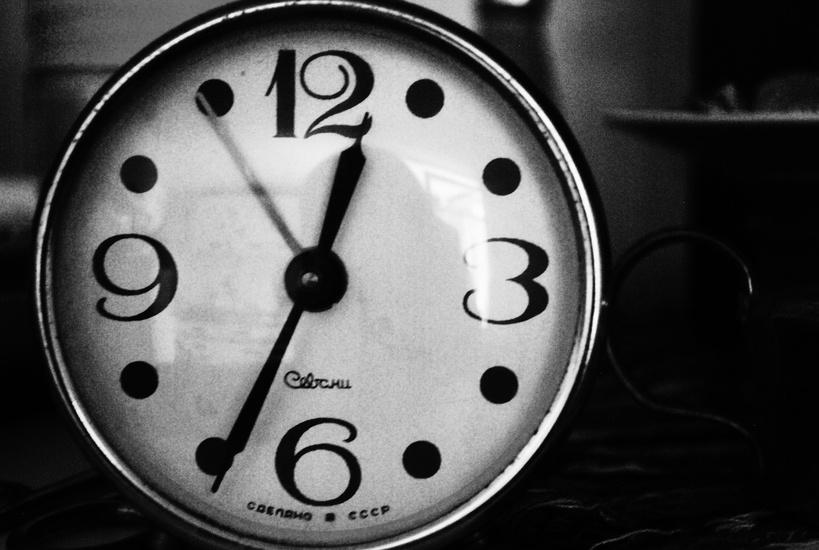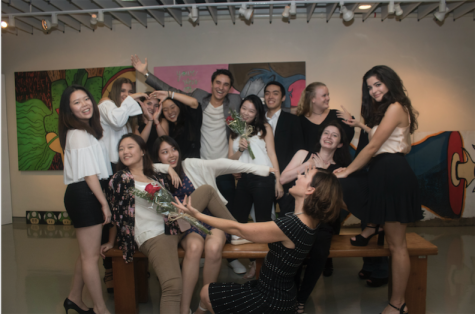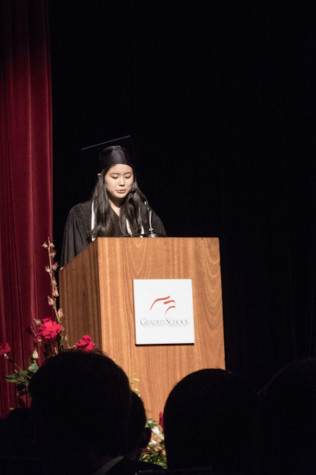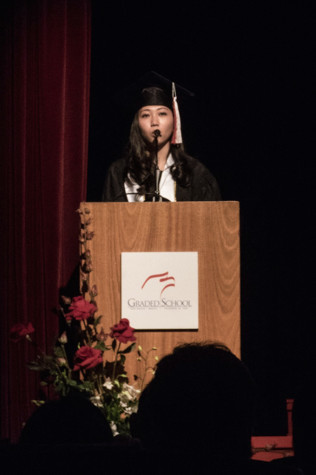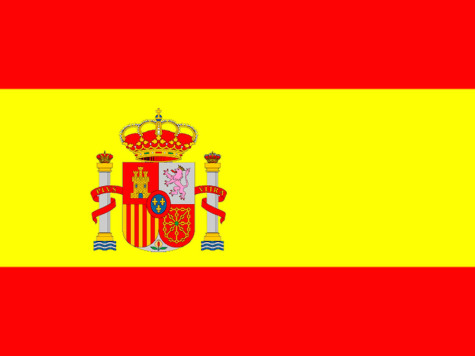The Gear that Runs History
This creative nonfiction piece was inspired by essayists such as Lia Purpura, Phillip Lopate, and Michael Martone, among others. For example, the word “Count” in the second paragraph refers to Lia Purpura’s essay September and her use of the phrase “Waiting for” in this essay. The physical stylizing of the essay is also based off of the works of Lia Purpura. The crafting of the narration and the general development were inspired by the elements discussed in the introduction of Phillip Lopate’s The Art of the Personal Essay: An Anthology from the Classical Era to the Present.
Tick-tock. The hallway is a rushing river of students moving and jostling each other to reach their intended destinations; backpacks swing out chest-high, phones are whipped out and wrists are turned as people eye their watches. It is 15:15 – a dismissal time. I wait and the river of people becomes a stream, then a ripple of water pushing a puddle towards the exit. It is my turn to move out. With my backpack on one shoulder and tennis racket on the other, I briskly head off in the direction of the parking lot to arrive at a friendly tennis match with just enough time to warm up. That’s when I see it. The winter sun casts its outstretched embrace on the mirror-like metal surface. Precise and methodically placed ridges press into my skin as I inspect the gear against the light.
What could it be a part of? Perhaps the object is a part of a third grader’s class project? Or maybe even a part of the school’s 3D printer? I shrug and flip the gear in the air like a coin. Catching the object, I stare ahead and continue moving forward. Two people approach at the end of the hallway. Shocked, I realize they are my classmates. I stare at my watch, panicking, pretending to be engulfed in the passing of the second in order to avoid exchanging unpleasant pleasantries with them. Count. That’s when it hits me.
I eagerly unclench my hand and the gleaming metal emerges in the shape of a clock. I stare at it in amazement. This tiny gear, perhaps two centimeters in diameter, is the backbone of humanity: time. I carefully count the crevices outside the circle as the thought assembles itself in my head.
Humanity is controlled the invention of time. Events are measured in time: “Why is this ceremony taking so long?” We value success in terms of how long it took to accomplish: “I spent over 20 hours in the film editing lab finalizing that new movie!” Even our quotidian lives are run by a clock’s methodical tick-tock: “I can’t come over on Friday because the rush-hour traffic is horrendous.” Perhaps the most surprising thing about humanity’s endless predicament is the fact that we continually believe we can control it. We go through all the trouble of carefully sculpting our agendas, which makes us feel that we can manipulate time. Yet, we disregard the notion that if we truly controlled time, we would not have to carefully plan anything. Our lives are not controlled by the “thuds” of our heartbeats, but by the tick-tock of our clocks counting the seconds in our lives.
What do economists use to compare the rise and fall of a same stock price during the day? Time. What do governments use to track the devaluation of their currency? Time charts. How do runners measure their distance? Over time.
Father Time is a demanding, possessive guardian tapping his foot in disappointment and counting the number of seconds you are late through the incessant repetition of sounds. But he can sometimes be forgiving, if treated with enough care and respect. There will come a day when our hearts will stop thudding and our clocks will stop ticking. Until that day comes, we will continue to try to please him. I can already hear my impatient coach tapping his foot. With that sound echoing in my mind, I glance at my watch and hurry towards the gate. It is 15:45 – I am late for the tennis match.
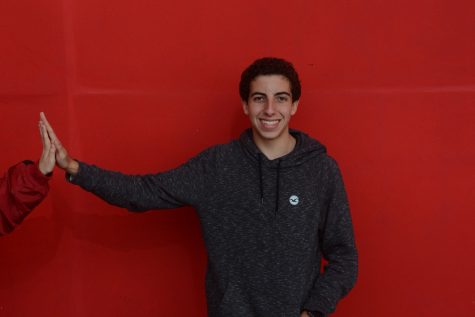
Ever since he first “read” a book by himself (or at least phonetically memorized the contents after having it read aloud repeatedly), Alexandre has...

